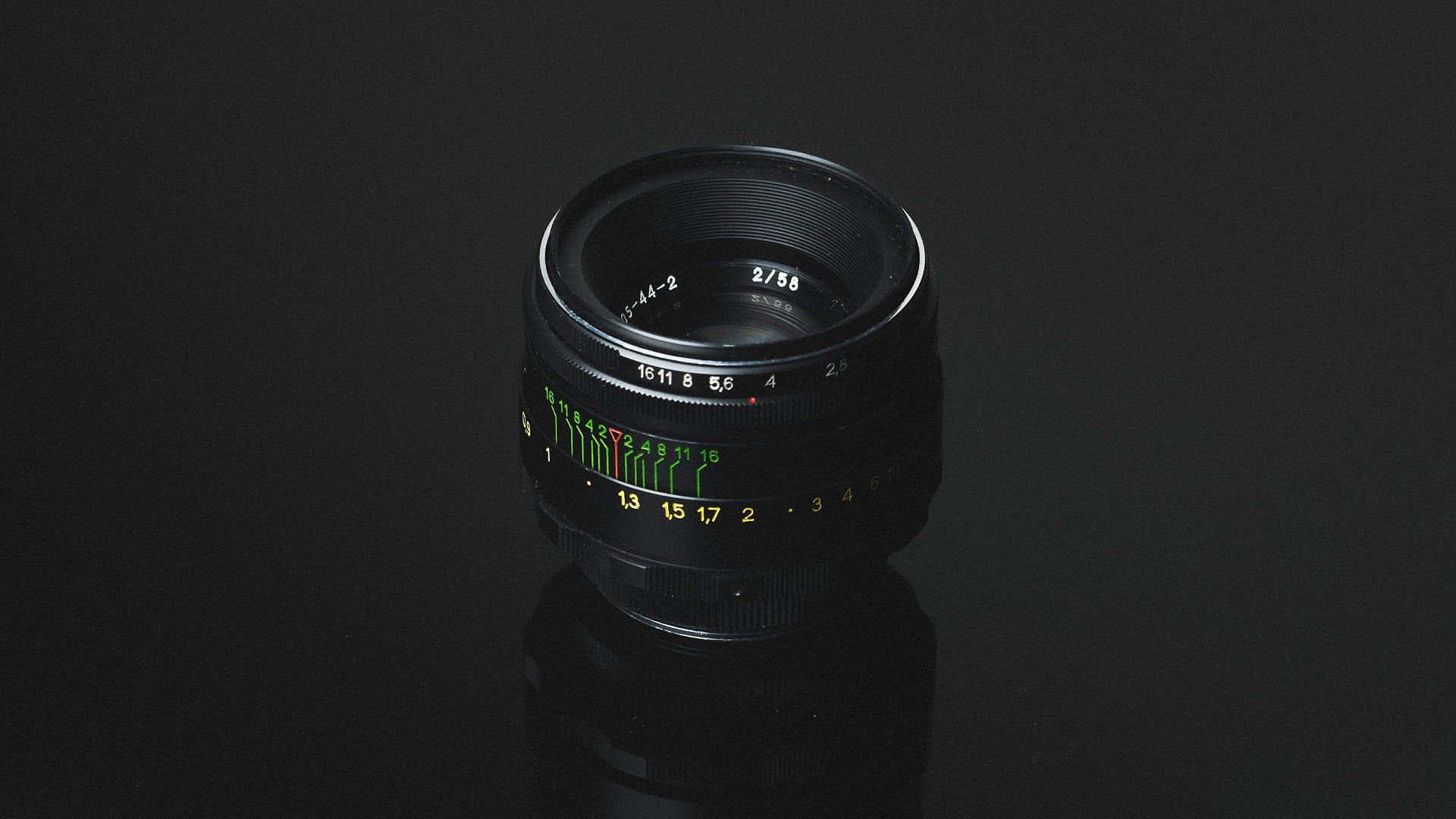
How does one find vintage lenses for less money? Fortunately, we found a user guide that provides guidance.
The chief problem with today’s modern cinematic lenses is that they are so darn perfect. They’re designed that way. However, to eliminate distracting fringing, lens flares, and chromatic aberration, lens manufacturers have lost sight of the fact that sometimes those optical issues are considered features and not bugs.

This is never more true than when using vintage Soviet-made lenses, which not only provide a cinematic look, but also some personality and character that is largely missing from a more pristine design of modern optics.
But, as we'll soon learn, not all Soviet-era lenses are created equal. How do you find better-built models, and can you trust that you’ll get what you pay for?
Fortunately, there’s a USSR Lens Buyer's Guide by Anamorphic on a Budget that can help.
Written by Brazilian-Canadian filmmaker Tito Ferradans, this eBook seeks to demystify the legend of USSR-made lenses and help determine which models achieve the goal of providing a more cinematic result. With a fascination for this category of optics, Ferradans has tried out hundreds of copies and evaluated their pros and cons.
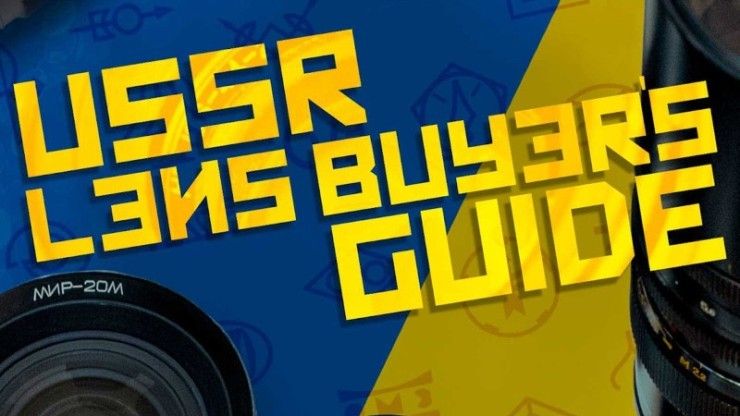
Geographic Variations
Though there are a wide variety of lens mounts and models in the wide range of Soviet-made lenses, Ferradans focused on mounts that were most adaptable and could fit any camera, DSLR or mirrorless, and from small sensors to full-frame models. But first, there’s a little history to consider.
Because of the vastness of the then Soviet Union, covering dozens of countries and millions of square miles, even the same lens models could be different in construction and quality, depending on where they were built. One could enjoy better contrast, while another handled lens flares better. Meanwhile, a third may be washed out, while a fourth could have a softer focus.
This is not necessarily because of quality control, which Ferradans says is largely a myth, but more about where they were manufactured and how well they were taken care of in the 70-year history of these lenses.
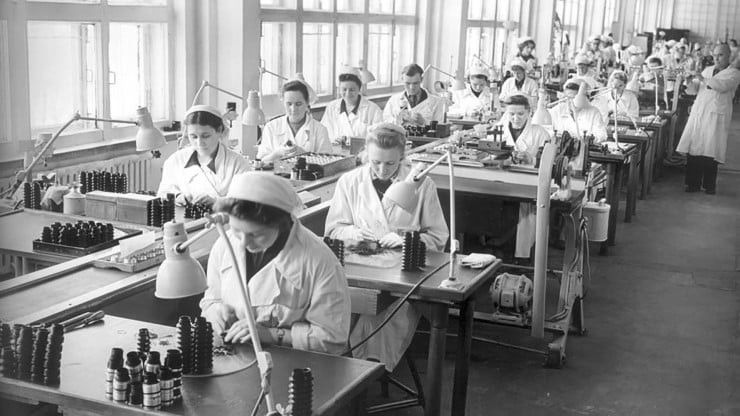
Ferradans writes that “they had a number of different production plants, with their own workers, tools, and methods of delivering the same optical formula, meaning the outcome would always vary slightly.”
Ferradans goes on to explain that in the Soviet era, each plant would make lenses for several different brand names. Therefore, rather than one lens family, there were actually various branches of the same design, varying depending on when and where they were built.
So the classic Helios 44 could have been copied as a Valdai, KMZ, or MMZ, with different models based on when it was built. The base of which was developed by KMZ, which received all the captured Leica German optical data and lens manufacturing equipment. With this goldmine of IP, KMZ was able to craft the primarily optical designs and initial runs of lenses before transferring production to other factories.

Nomenclature
Ferradans further explores the different design suffix designations that were used with each model. The Helios 44, for instance, could have a 44-2, -3, -7, or 44M, where the suffix designated an updated design or generation. The larger the suffix number, the more improved optic. Early Helios 44 models had a resolution of 35/14 lines per millimeter, while the newer 44M-7 enjoyed a 50/30 resolution.
The lens mount is also indicated by a suffix. Thus, a Helios 44K would fit a Pentax K mount, while a 44N would denote a Nikon F mount. M stood for “modified” for an aperture pin inserted, A is swappable, and T for T mount for broadcast.
The lens may also have a red “pi” shaped symbol to denote what kind of lens coatings were applied. This carat, which is Cyrillic for the letter “P,” indicated special coatings similar to those used by the original Leica lenses.
There are other details that Ferradans goes into, which will help interested cinematographers find the right optics for the look they want, as well as a vast array of focal lengths and specialty lenses.
However, for a classic starter set, he settled on a trio of lenses that he calls the "$350 Starter Set."
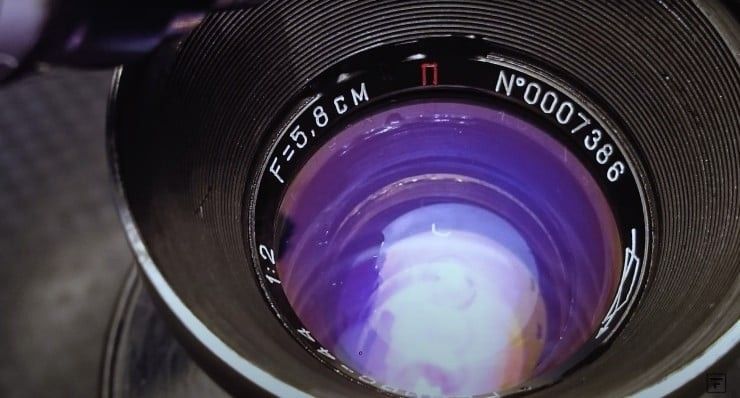
The $350 Starter Set
This set of optics includes the MIR 1B 37mm, the Helios 44-2 58mm, and the Jupiter 9 85mm prime lenses. Though made for three different brand names, Ferradans says all three are made from original Zeiss blueprints and are famous for their optical character and personality.
The Helios 44 was recently used for the action shots on The Batman, providing a warm color and sharp resolution with incredible bokeh.

These lenses are also an incredible value, with each going for under $100 to $200. Therefore, a basic starter set of primes can easily be had for under $400, and are usually found on eBay.
Ferradans also recommends Retro Foto House as a reliable seller. With a YouTube channel that shows how to refurbish these lenses and clean them up, Retro Foto House also has an eBay store with competitive prices on the most common Soviet models.
Bringing New Life to Old Glass
Ferradans also talks about how these lenses can be “declicked” to remove tiny bearings that make a clicking noise when adjusting the aperture. Removing these provides for quieter operation and a smoother transition. One company that offers custom rehousing and declicking of these Soviet lenses is the Ukrainian-based Iron Glass Lens Rehousing Company.
This company consists of fans of Soviet-era prime lenses and is dedicated to giving these lenses a second life with new housings and deep cleaning. It was their lenses that were used in the chase sequence in The Batman.
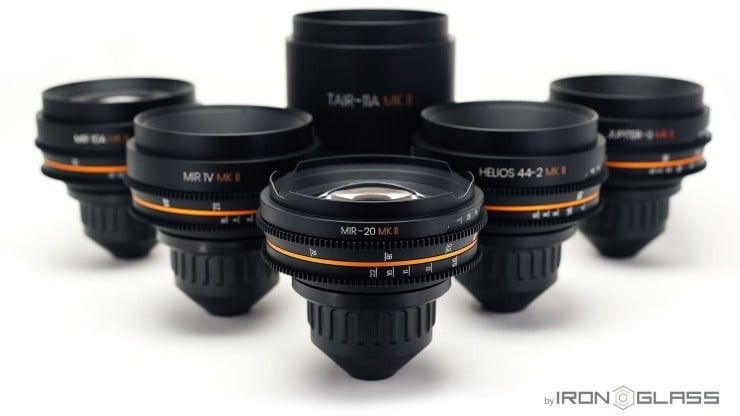
Final Thoughts and Availability
There’s a lot more information in this 45-page buyer’s guide, and anyone who is looking to find themselves a set of Soviet lenses should pick up a copy of Ferradans' work to educate themselves on how these lenses can perform and make sure the best models are acquired.
With a price tag of just under $20, the guide’s information is as solid as the quality these Soviet lenses deliver. It can be downloaded in eBook form from the Anamorphic on a Budget website. And it's worth every penny.
Let us know in the comments what you think about the guide and Soviet lenses in general!
Your Comment
3 Comments
I thought he used old canon lenses and not helios, though i wouldn't be surprised. But that digital to film to digital process they used to create the look probably added a lot to it. I remember hearing in the dolby talk with the cameraman that he used a particular bath to pick up the silver that comes off that film stock when processing so it gave it that more grungy look. I'm sure the studios were a bit weary when he picked out the most damaged and iffy lenses and sent them to be re-housed, what did the lens studio think when they got them via courier, i'm sure they double checked with him to make sure those were the ones he wanted. But all those risks paid off and it's by far one of the best Batman movies out there.
I'm glad they kept the batmobile reveal to later in the movie and introduced it with that insane scream, the look on the criminal's faces was straight out of a horror movie.
November 11, 2022 at 9:12AM, Edited November 11, 9:19AM
Oh, that's interesting. Thanks for sharing! I'm sure they used a range of lenses for The Batman. Wasn't there a whole custom set of ARnsRI lenses?
The rehoused Helios lenses from Iron Glass Adapters did find a way into the chase scene, however. The team was really excited when they found out.
November 11, 2022 at 1:34PM
good post
November 13, 2022 at 11:11PM